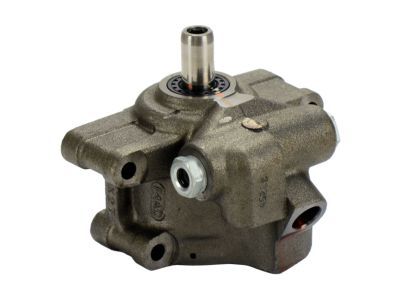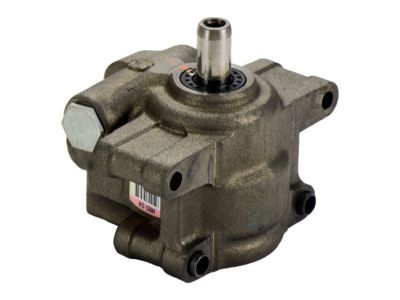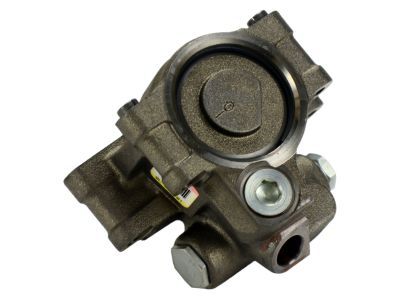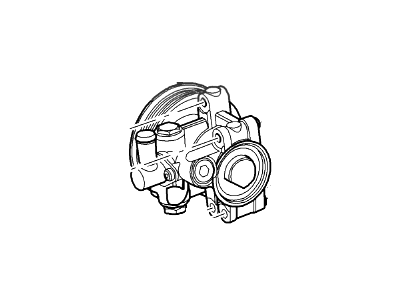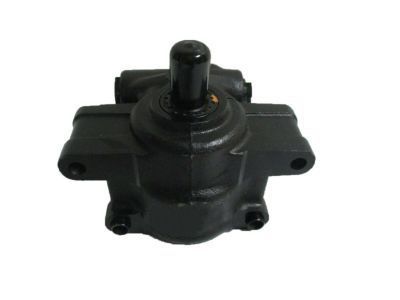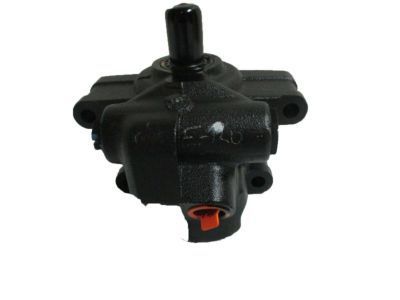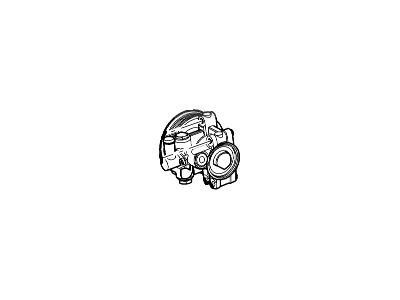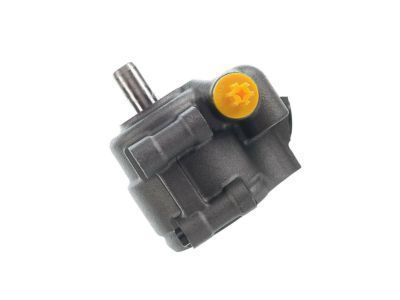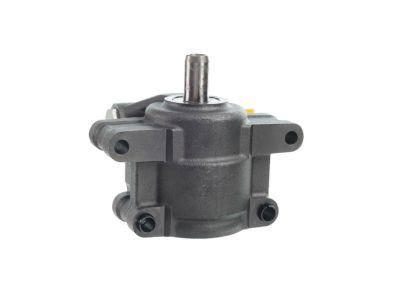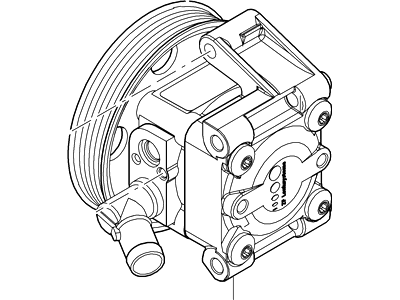

My Garage
My Account
Cart
Genuine Ford Focus Power Steering Pump
Power Steering Pump Unit- Select Vehicle by Model
- Select Vehicle by VIN
Select Vehicle by Model
orMake
Model
Year
Select Vehicle by VIN
For the most accurate results, select vehicle by your VIN (Vehicle Identification Number).
13 Power Steering Pumps found
Ford Focus Pump Assy - Power Steering
Part Number: 6S4Z-3A674-A$132.29 MSRP: $211.42You Save: $79.13 (38%)Ford Focus Pump Assy - Power Steering
Part Number: AS4Z-3A674-ARM$136.88 MSRP: $218.84You Save: $81.96 (38%)Ships in 1 Business DayFord Focus Pump Assy - Power Steering
Part Number: 7S4Z-3A674-A$136.88 MSRP: $218.84You Save: $81.96 (38%)Ships in 1 Business DayFord Focus Pump Assy - Power Steering
Part Number: 1M5Z-3A674-AARM$221.23 MSRP: $358.18You Save: $136.95 (39%)Ships in 1-2 Business DaysFord Focus Pump Assy - Power Steering
Part Number: YS4Z-3A674-BERM$126.45 MSRP: $201.82You Save: $75.37 (38%)Ford Focus Pump Assy - Power Steering
Part Number: YS4Z-3A674-AERM$146.86 MSRP: $235.36You Save: $88.50 (38%)
Ford Focus Power Steering Pump
The Power Steering Pump is a very crucial component of Ford Focus car engines as it is responsible for converting energy into hydraulic power in order to enable easier steering. This pump works through fluid pressure which helps the driver to maneuver the steering in place more especial at slow speeds and sometimes at standstill. The system usually incorporates a hydraulic cylinder to improve the amount of steering input while at the same time having mechanical link between the steering wheel and the wheels for times when the power steering system is not in use. In the different years, the Ford Focus models incorporated diverse types of the Power Steering Pumps such as hydraulic and electronic systems. Hydraulic system uses fluids which exert pressure on prescribed parts while electrical system uses motors to assist and which can sometimes be programmed to vary depending on the speed of the car. These advancements seek to provide drivers with optimal feedback while at the same time maintaining sensitivity in its steering in order to sacrifice above in order not to offend the feelers of the loyal car enthusiasts. Ford Focus's power steering is vital and thus requires its power steering pump to be serviced appropriately or repaired in case of a leakage or loss of power's help.
We provide a wide range of Ford Focus Power Steering Pump at the best prices possible. If you need Ford Focus Power Steering Pump, you can shop with confidence on our website. All our OEM parts come with a manufacturer's warranty and are delivered to your door step with a fast delivery service.
Ford Focus Power Steering Pump Parts Questions & Experts Answers
- Q: How to remove the power steering pump on Ford Focus?A:Before taking out the power steering pump you have to turn off the car's engine starting by loosening the nut on the negative terminal of the battery. For 2.0L Zetec-E models, take off the auxiliary drivebelt and, by the power steering pump, place a container underneath, in order to catch the spilt fluid. Pull out the fluid cooler hose by using a special tool that unlock the locking tangs and by doing so, let the fluid to get out. On Ouratec models locate the pump fluid lines and the mounting bolts by turning back the front of the right fenderwell liner and then removing a single lower-headlight mounting bolt. Release the clamp and disconnect the fluid supply hose from the pump intake and put the cap on it in order to avoid accumulation of dust. Now, remove the bolt which is used to support the high pressure fluid line connected to the pump, then turn counter clockwise the union nut to disconnect the high pressure fluid line with a little dropping of fluid. If available use a basic tool to disengage a quick disconnect connection. Pull the connector away from the pressure switch by lifting its locking clip, then unbolt the pump and separate it from its housing by removing four bolts with the help of a socket-the lower bolts of the power steering pump can be accessed from beneath. Special thanks to 2.0L SPI models, the accessory drivebelt has to be removed and to do so the power steering pump pulley requires the use of a special tool or strap-wrench to hold while been removed. With the pulley still in place, you then remove the center pulley bolt followed by the pulley and then loose the power steering reservoir hose and the pressure hose so that you can drain the old fluid on to a pail. Locate the pressure hose with two wrenches, the first fitting is on the pump side and the second is on the line side and unscrew. In fact, most of the power steering pump mounting bolts are hidden under the pulley when they are in place, and so you need to pull out the pump after removing the bolts. The four pump mounting bolts can be easily accessed on 2005 and later models as long as the pulley does not have to be removed. Where the pulley is concerned, a special tool is also used to remove it and is used when installing it too. Re-installation is the process of doing the opposite of the removal, making sure that the bolts and unions are tightened to the correct torque, there is a replacement of the high-pressure outlet O-ring where necessary, the hydraulic system power steering is bled, in the case of replacement of the pump there is transfer of the power steering pressure switch and the high-pressure pipes to the new pump.
